For media companies, publishers, and creators, the business model for content is most often one of two options: ad-supported or paid subscriptions. The content ROI (return on investment) math is simple: How much did we spend producing and marketing the content, and how much did we make back in advertising and/or subscription revenue?
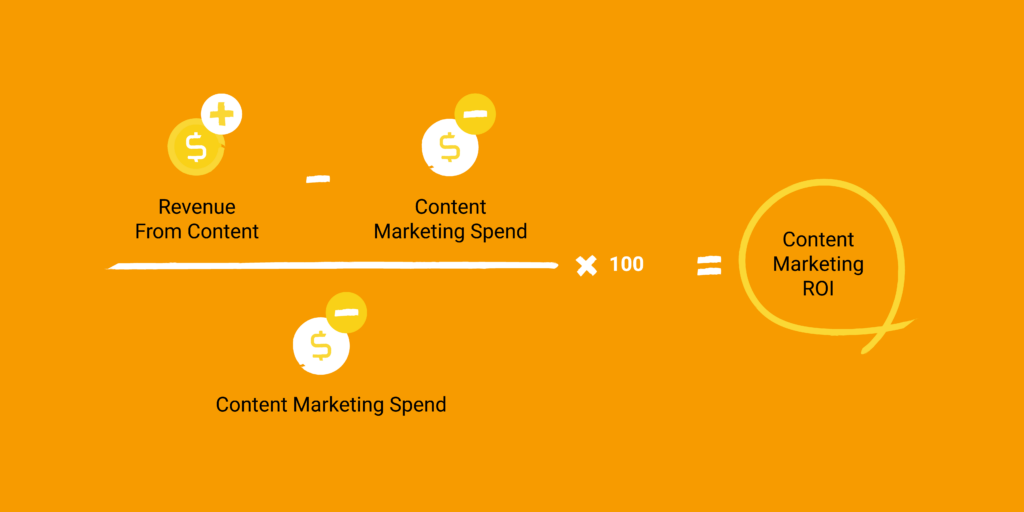
However, these traditional media ROI metrics do not apply to brand marketers. Directly monetizing the content is not the business model. Instead, the content is being “hired” by the brand to do a particular job that benefits the company. And there are a lot of different jobs that brands can hire content to do.
If you’re at a brand that produces content, there is no more fundamental question to answer than this: What business result am I trying to achieve using content? And secondly, is my content strategy aligned to deliver those results?
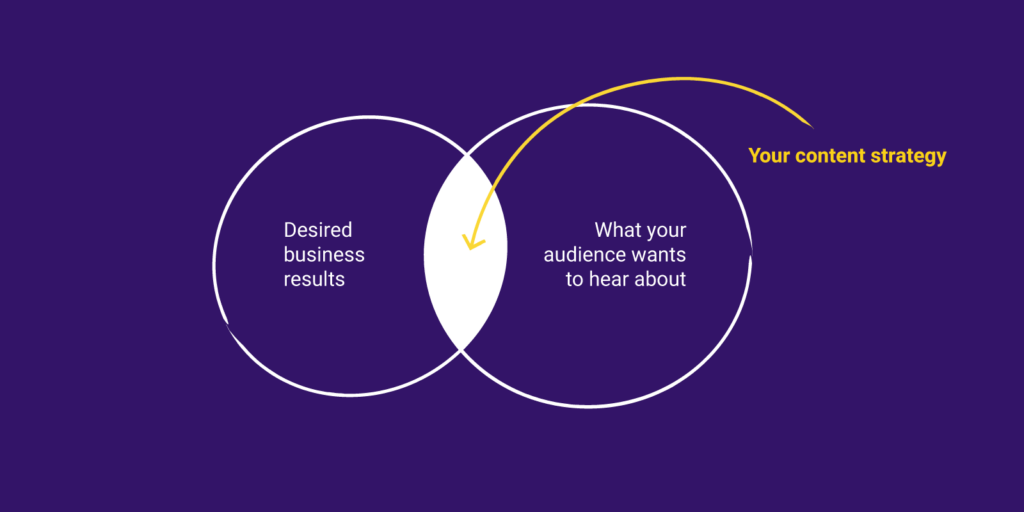
Here are several examples of how brands have thought differently about what success looks like when producing and distributing content.
1. Brand Touchpoints Build Trust (and Revenue)
The first brand marketing client I worked with in the content space was a fast-growing SaaS communications company. The CMO was brilliant, and our team was lucky to spend a lot of time with him.
Relatively early on, I asked him about how he measured content ROI content, and his answer shaped a lot of my thinking on this topic because it resonated so strongly.
He said the secret to gaining new customers is to give them an ongoing series of phenomenal brand touchpoints. Every time they experienced a touchpoint with the brand, it had to be exceptional and on-brand. And they knew that once a person experienced a certain number of these surprisingly great touchpoints, they would almost certainly sign up and become a customer.
Publishing world-class content regularly is the perfect way to give people these brand touchpoints. You surprise them with something delightful and generous over and over and over again. You entertain them. You make them smarter. You make them feel certain emotions with powerful stories. And they get to know who you are, what you stand for, and what you’re interested in as a brand.
And when they need a company in your category, guess who most of them will choose? The one that has surprised and delighted them for months. The one that they feel like they know and like.
And even better, when you publish content on an ongoing basis—whether a newsletter or a podcast—you can put new customer acquisition on a schedule.
The end story for this fast-growing company is not surprising: It was a multi-billion dollar acquisition.
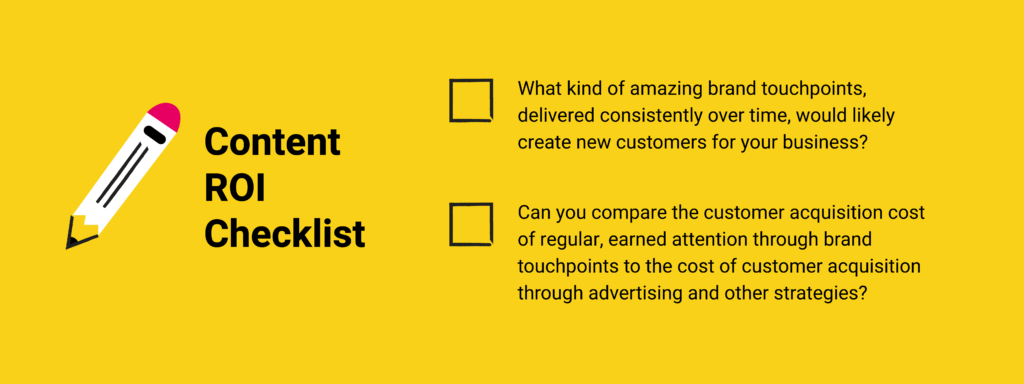
2. Brand Positioning (That Drives Revenue)
Brand positioning is one of the most common “jobs” for content to do in marketing. It’s very straightforward: If you want to be known as the friendliest shoe store, consistently creating friendly content about shoes will shape how potential customers see your brand.
Several years ago, a large global technology company merged with other companies, positioning their new, combined brand as leaders in digital transformation. They wanted their target customers, C-suite executives, and senior IT business decision-makers to know they deeply understood how innovation and disruption occur inside businesses.
They made top-tier content, but none was about their products and services. They bravely decided to tell amazing, compelling stories about how innovation and disruption happened across various industries. The leaders and decision-makers told the stories, and the show amassed a significant audience of senior business decision-makers.
Third-party research proved that the audience members associated this company with digital transformation, innovation, and disruption because that’s what they consistently put out in the world through their content.
Around the same time, a technology company that is a global leader in open-source development solutions built a sizeable and deeply engaged audience of open-source developers. Again, they did not discuss themselves or their products or services.
Instead, they told fantastic stories about the community and the industry. The audience built trust in the brand that produced the content because it was consistently valuable. And when those open-source web developers needed services, which company do you think they chose to do business with?
The brand was able to associate seven-figure revenue from developers whose first entry point into the company was the web page for these stories. They started with the content and ended up as paying customers.
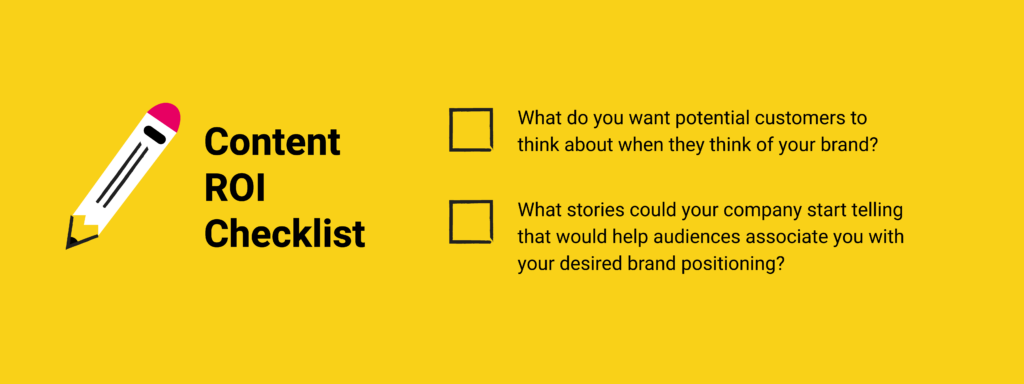
3. Education of Target Customers (That Drives Revenue)
Another great content strategy is making your potential customers smarter and helping them run better businesses. This was the strategy of a global ecommerce leader that powers an enormous number of online stores and supports millions of entrepreneurs.
The content strategy was all about entrepreneurship education. They wanted to dig into all the most common roadblocks and challenges that stood in the way of entrepreneurs finding success and offer solutions from people who have figured it out.
Each piece of content was focused on a different area of entrepreneurship (marketing, pricing, sales, etc.) so entrepreneurs could either follow along from the beginning or self-select the content they needed at a particular moment in their journey.
Here is the most impressive part of this content strategy: The goal was not to generate new customers or drive short-term revenue. The goal was to create more entrepreneurs. They knew that if they could help more people feel comfortable making the leap into entrepreneurship, those entrepreneurs would appreciate them for the education—and most of them would sign up as paying customers.
The ROI on the content is the expansion of your potential customer base through education, plus brand positioning and phenomenal brand touchpoints—brilliant!
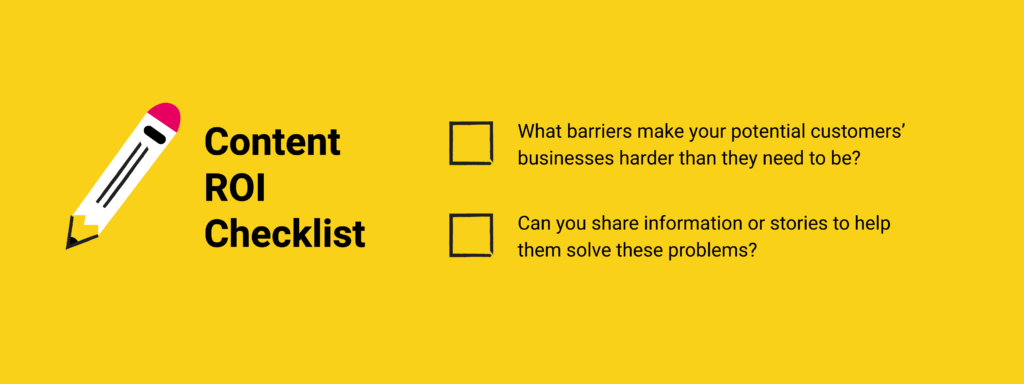
4. Hyper-Targeted Content for Very Specific Groups (That Drives Revenue)
Creating more entrepreneurs is pretty broad. But some brands go very niche with a similar education strategy.
Super-serving tiny audiences is another path to business success through content. Media companies need large audiences to expose to ads to make revenue, so it’s highly unlikely that they will ever decide to produce great content for tiny groups of people.
However, suppose your company’s target customer base is a particular and profitable group. In that case, you might be able to make the most specific and valuable content on the planet for them.
An American financial services company made the most specific podcast I’ve ever heard of: It targeted a particular group of people working in a very specific industry.
Here is the education problem they were trying to solve: Sometimes, their target customers leave large companies to set up their businesses. When they do this, they need back-end support services. These back-end support services are offered by the company creating this content.
This podcast series details exactly how to make this career transition, as told by people who have already done it. It is essentially a how-to-quit-your-job-and-go-independent guide presented through a compelling storytelling format. Much like the grow-more-entrepreneurs strategy, this series knocks down barriers and common challenges for the listener. It makes it easier for the listener to be successful in their career transition.
Here’s the ROI: If a single listener took action, the value to the company was significantly greater than the cost of producing and distributing the content.
(Spoiler alert: It worked.)

5. Business Development (Leading to Revenue)
Not everyone loves cold-calling prospective customers. If you want to get to meet and know desired customers, one potential strategy is content.
I have worked with multiple companies whose content strategy was to find amazing stories to tell about companies that they would love to work with. Inviting a stranger to be featured in your content will garner more enthusiasm than a sales pitch.
You can also apply this strategy to customer retention and renewals. Tell the stories of your existing customers. Make your clients look smart to their industry and peers. Put them in the spotlight.
The key to success with this strategy is to truly be generous. Don’t start hard-selling them once the content is published. That’s gross.
Instead, create value for your potential or existing customers. Put them in the spotlight. If you do a great job and they have business decisions to make, you’ve shown your generosity, and it’s more likely to be reciprocated.
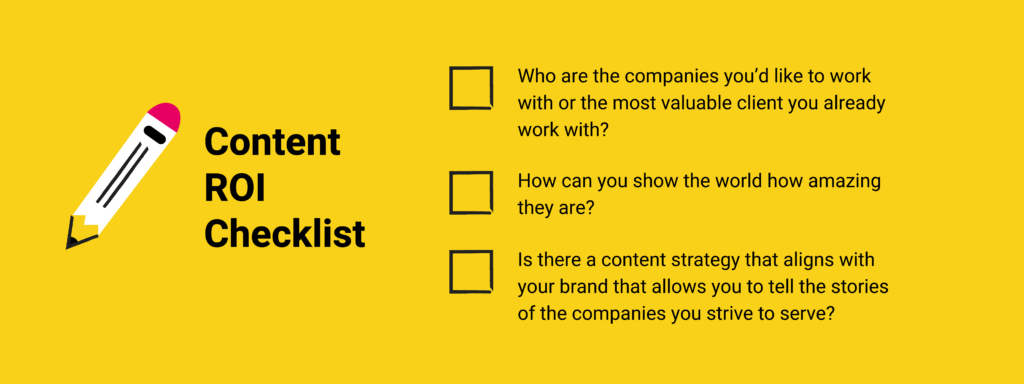
6. Internal Communications & Learning and Development (Leading to Stronger Culture and Employee Retention)
Your employees are busy. They have lots of work to do. They don’t have time to waste on boring corporate communications and video presentations.
Your employees are one of the most important and valuable audiences, so treat them with the same respect and empathy you do with your customers. Make your communications phenomenal. Tell stories instead of talking points. Create value for them. Make them smarter. Help them do their jobs better. Help them develop their careers. Help them understand their place in the company by understanding its story.
There is a huge opportunity to level up internal company content because so much of it is sleep-inducing and corporate-speak.
One of the world’s largest social media companies used podcasts for internal training and development. They knew they couldn’t always offer in-person training for specific leadership situations when needed, but they could offer amazing on-demand content. That content would be consistent for everyone who took it, ensuring consistency of training and philosophy across the company.
That same social media company (and others like American Airlines) also produced internal podcasts for their employees. The CEOs could share their thoughts, and employees could listen live or on-demand when it suited them best. Super smart.
The ROI is obvious: Engaged, developing employees aligned with the company values and mission and whose time and attention are valued by the company will stay with the company longer and become ambassadors for bringing more top talent into the company.
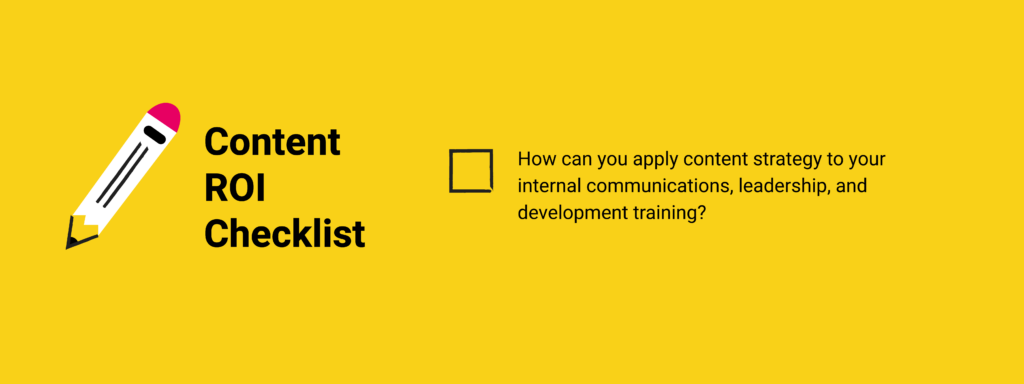
7. External Employer Brand Positioning (Leading to employee Retention and Becoming an Employer of Choice)
When Rogers Communications acquired the podcast company I co-founded, Pacific Content, we talked with the communications and HR teams. We discussed how a podcast could help attract fantastic talent to the company by sharing progressive values and thinking about work and the workplace.
The result was “For The Love of Work,” a show “made possible” by Rogers, but not focused on Rogers at all otherwise. The chosen topics and stories showed what Rogers cares about: leadership, career development, diversity, equity, inclusion, and hybrid work.
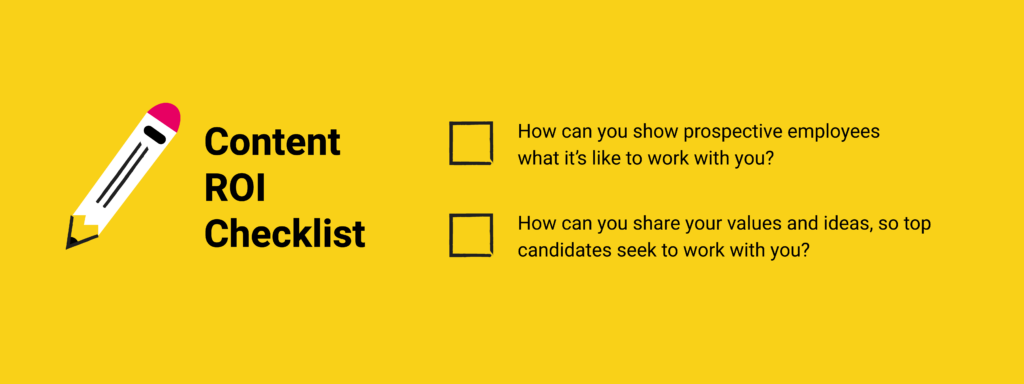
BONUS: What Brands Shouldn’t Do For Content ROI
Short, easy answer: Don’t put ads in your content. (Except for a well-done, value-focused ad for your own company, products, or services.)
Occasionally, marketers think that selling ads will help approve the project because revenue will be attached. However, the value of revenue (usually minuscule) dwarfs compared to the risks.
What’s the risk? Brand confusion. With content produced by one brand and featuring ads from other brands, the audience is easily confused about which company the content is coming from. If brand recognition, brand lift, and positioning are some of the most valuable outcomes of great content, having all that magic transferred to one of your advertisers is a huge strategic loss.
In custom research for one client, there was even brand confusion when the content featured the stories of other companies—some audience members thought the subject was the content producer.
So, long story short answer: Don’t sell ads in the content from your brand. You won’t make much money, and you will dull the brand impact or deliver that impact to one of your advertisers.
What Successful Content ROI Strategies Have in Common
What are the common factors in all successful business models?
First, generosity. They create value. They are not out for a short-term cash grab. They know it takes time to build trust and that trust builds relationships. And people buy from people they know and trust.
Second, patience. Being consistently awesome over time is the best way to build trust. One great piece of content won’t do it. You have to prove yourself regularly.
Third, there is no single content ROI answer. You can use content to solve innumerable business problems. Get clear on what problem your business is trying to solve and develop your content generously with your desired outcome in mind.
If you determine your company’s content goals, surprise people with your generosity by delivering top-tier content, and wait for trust and relationships to form, the content will provide clear ROI time after time.
Related articles:


